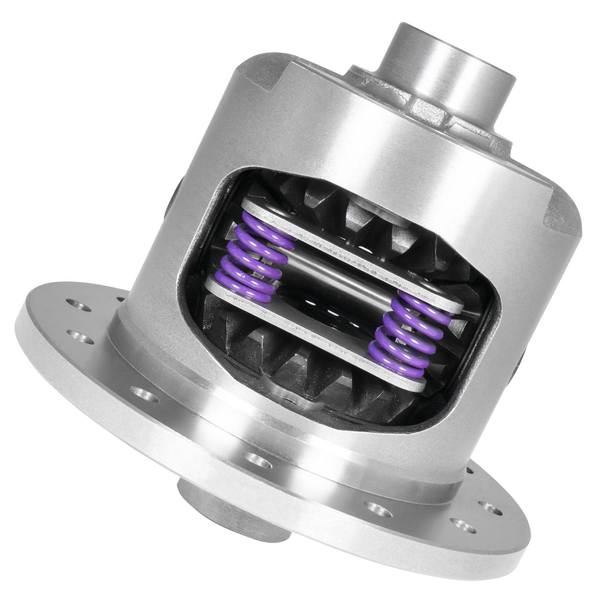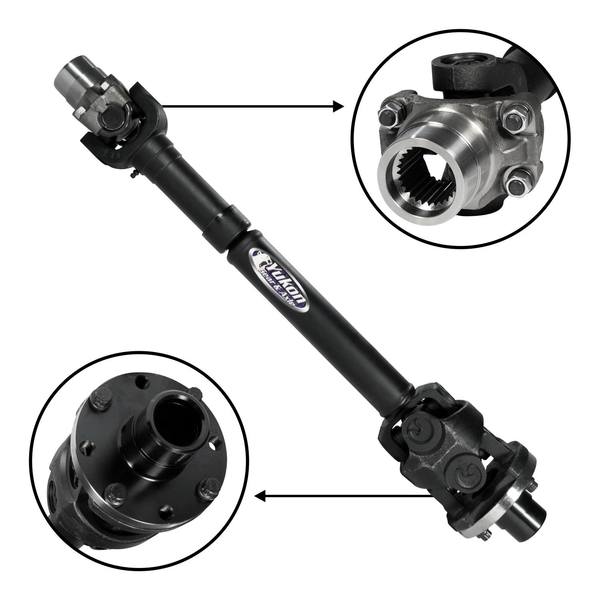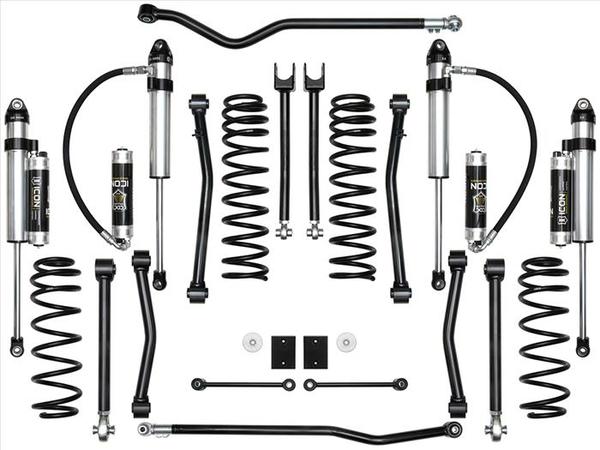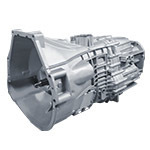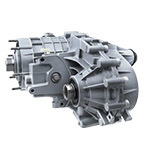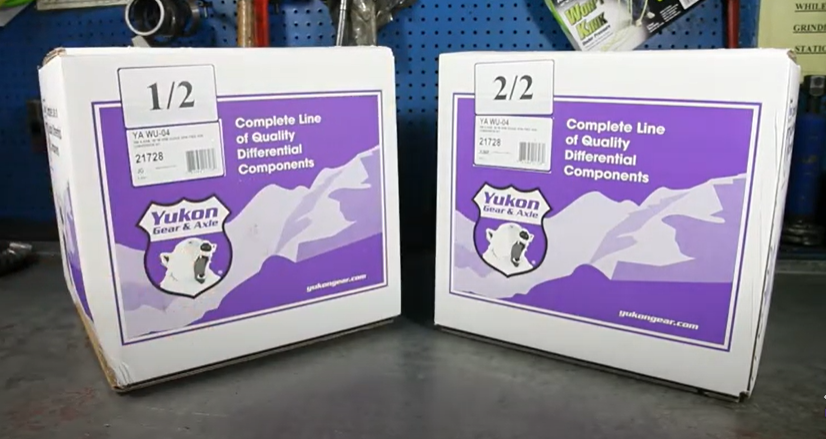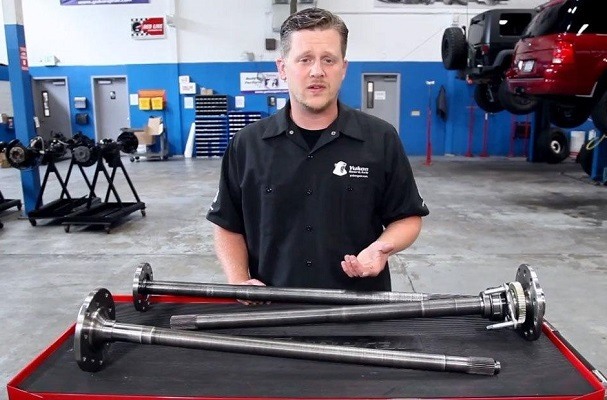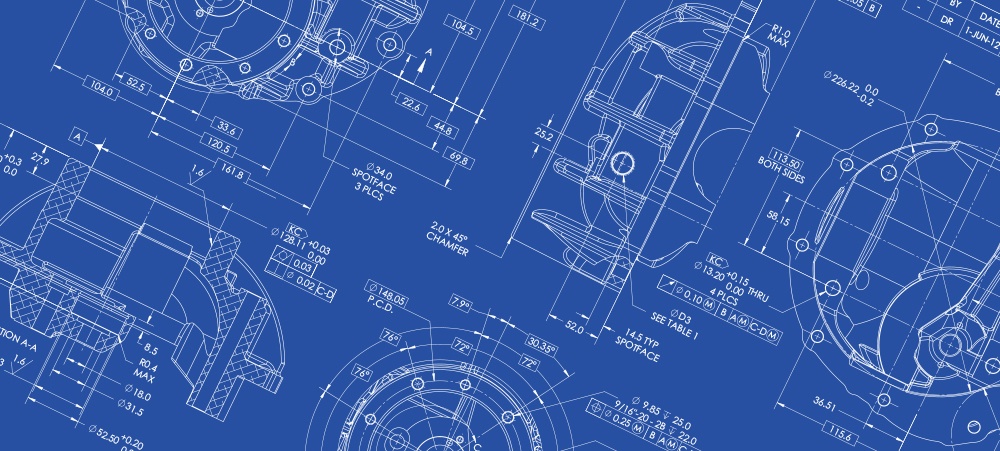Changing gear ratio or tire size can lead to an out-of-calibration speedometer that leaves you guessing how fast you are really going. Calibrating a speedometer is usually not as hard as people make it out to be. In many cases all you need is an accurate standard of speed or distance, the right equations, and some basic math.There are actually two ways to calibrate a mechanical speedometer. The ratio of the drive and driven gears in the transmission (or transfer case) can be changed, or you can install a reduction or overdrive calibration box between the cable and the driven gear. The simplest method is possible when only the speedometer driven gear needs to be changed. In some cases, the driven gear is not available small enough or large enough to complete the calibration, and the drive gear on the transmission output shaft must be changed. This is not easy due to the fact that the tailshaft of the transmission (or transfer case) must be removed to access the drive gear. An alternative is to install a custom made “calibration box” between the cable and the driven gear. This is a simple bolt-in procedure and the parts can be found at your local speedometer shop or by mail order.
If the vehicle has an electronic speedometer, calibration is not so easy. Ford trucks with an LED odometer use the differential ABS ring to signal the speedo. Changing the gear ratio in these trucks does not require re-calibration. However, changing the tire size does require re-calibration by a professional. General Motors trucks with an electronic signaled dash must be calibrated by changing a chip in the dash. This can be done with parts from GM, but once again I would recommend calling a professional or making a trip to your local speedometer shop. Speedometer parts and electronic calibration services are available mail order from Commercial Speedometer @ (916)-371-5873 or United Speedometer Service @ 1-800-877-4798.
Popular Resources:
 AMC
AMC
 Chrysler
Chrysler
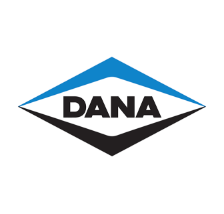 Dana
Dana
 Ford
Ford
 GM
GM
 Isuzu
Isuzu
 Nissan
Nissan
 Suzuki
Suzuki
 Toyota
Toyota
